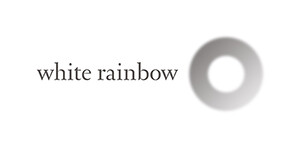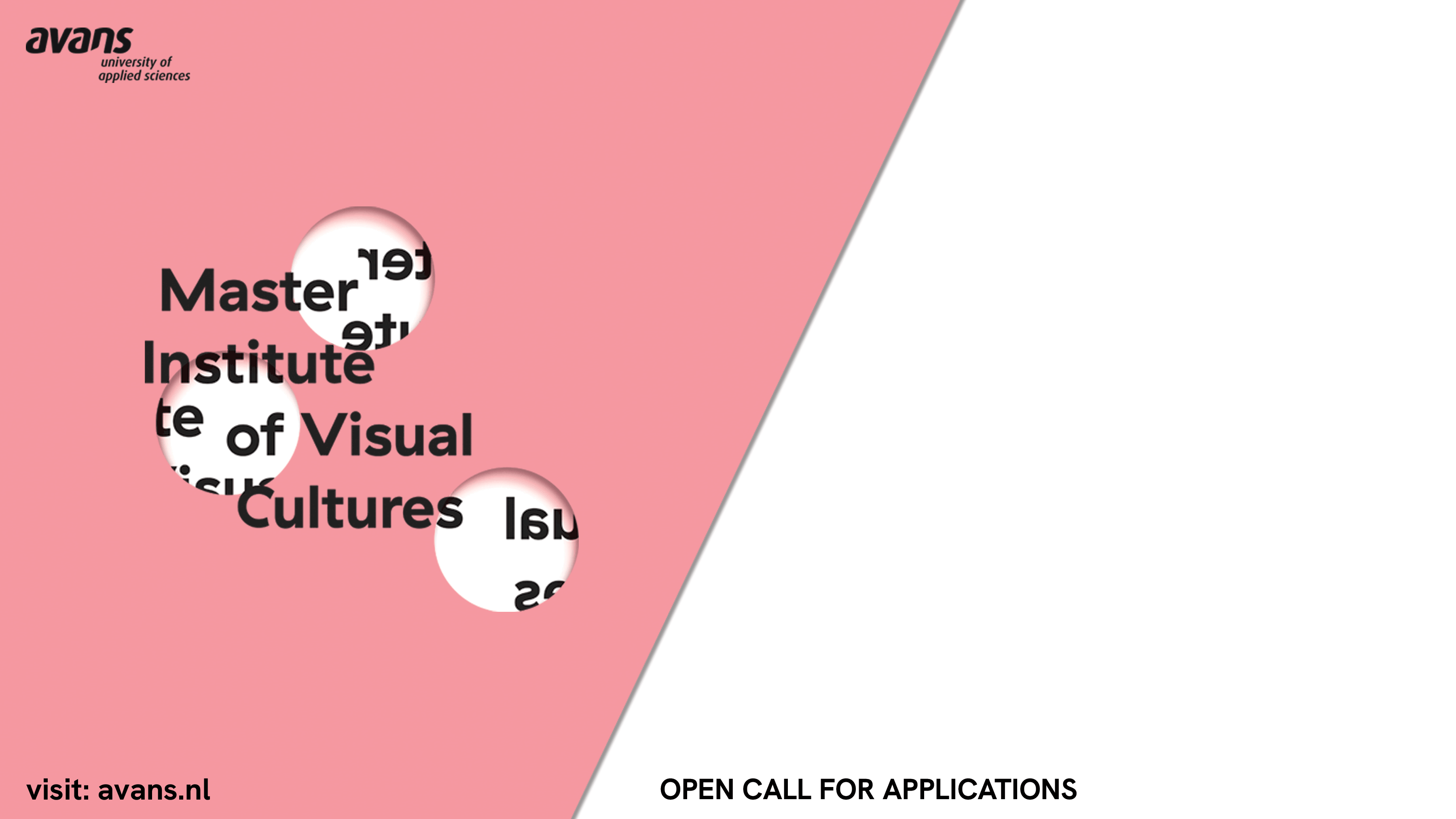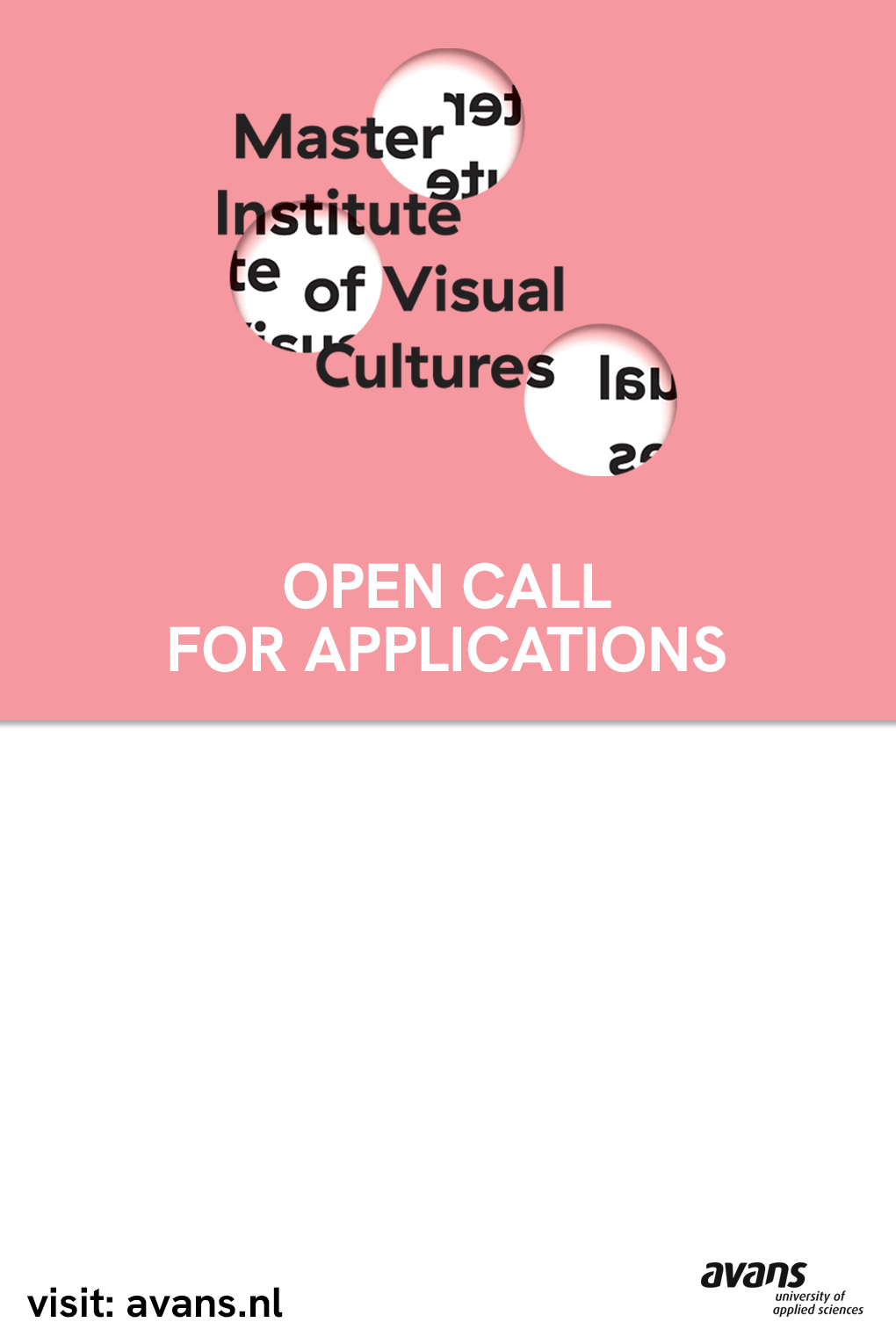Programme 2018/19
March 15, 2018–March 2, 2019
White Rainbow announces a new 12 month programme of solo exhibitions and projects by leading contemporary Japanese artists Chikako Yamashiro, Chim↑Pom, Aki Sasamoto, Taro Izumi, Meiro Koizumi and Mari Katayama.
From 2014–17 White Rainbow operated as a commercial gallery, presenting the work of international artists with a focus on contemporary art from Japan. The organisation’s new non-profit model will support artist development, championing the work of emerging and mid-career Japanese artists working in a range of media, with particular focus on performance, film and installation-based practices.
In March 2018, the gallery reopens with a survey exhibition of the acclaimed video and performance artist Chikako Yamashiro, whose socially engaged work sets the tone for the programme as a whole. The six artists collectively question the structures that govern our everyday lives, with artistic investigations into contested military territories, the disabled body, the politics of gentrification, and immigration rights within an increasingly nationalistic global framework.
White Rainbow’s new fixed-term programme seeks to spotlight artistic practices never before seen in the UK. Alongside the exhibition programme, the gallery will commission a performance project by Aki Sasamoto in summer 2018. Sasamoto will deliver a performance lecture, set within an archival installation that draws on her previous work. For each of the six artist projects, White Rainbow will publish a new artist monograph, including newly commissioned essays and artist responses.
2018–19 programme:
Chikako Yamashiro
March 15–April 28, 2018
Through photography, performance and film, Chikako Yamashiro (b. 1976, Okinawa, Japan) dramatises the lesser-known aspects of Okinawa’s contemporary reality, while questioning dominant historical accounts of Japanese and American occupation of the islands. The site of fierce battles between the US and Japan at the end of World War Two, Okinawa still has a high concentration of American military bases, occupying around 20 per cent of the land—despite the wishes of many of its indigenous inhabitants. Yamashiro’s practice engages with political and social histories of Okinawa to create provocative and haunting works, drawing on oral accounts and often utilising her own body.
Chim↑Pom
May 17–July 7, 2018
Chim↑Pom (formed 2005, Tokyo, Japan) is an artist collective comprised of members Ryuta Ushiro, Yasutaka Hayashi, Ellie, Masataka Okada, Motomu Inaoka, and Toshinori Mizuno. Their work includes interventions through performance, video, painting, installation, curating and organising events. Perhaps best known for their performances and interventions made in the immediate response to the 2011 Fukushima Daiichi nuclear plant disaster, the group has continuously engaged with social and political concerns in their native Japan and abroad. They examine aspects of everyday life in Tokyo, and have also worked in Hiroshima and Fukushima, satirically questioning what is usually left unquestioned. In 2015, they opened their artist-run space, Garter, in Tokyo, to curate and showcase work by their contemporaries. They also initiated, organised and participated in the international exhibition Don’t Follow the Wind, which launched on March 11, 2015, inside the Fukushima nuclear exclusion zone.
Aki Sasamoto
July 18–August 4, 2018
Aki Sasamoto (b. 1980, Kanagawa, Japan) works in performance, sculpture, dance, and whatever other media it takes to get her ideas across. Sasamoto’s performance/installation works revolve around gestures on nothing and everything. Her installations are careful arrangements of sculpturally altered found objects, and the decisive gestures in her improvisational performances create feedback, responding to sound, objects, and moving bodies. The constructed stories seem personal at first, yet oddly open to variant degrees of access, relation, and reflection.
Her works have been shown both in performing art and visual art venues in New York and abroad. Besides her own works, she has collaborated with musicians, choreographers, scientists and scholars, and she plays the multiple roles of dancer, sculptor, or director.
Taro Izumi
September 6–November 10, 2018
Based in Tokyo, Izumi (b. 1976, Nara, Japan) is one of Japan’s leading artists working with multimedia and collaborative practice. Izumi uses video as a recursive apparatus for exploring the mechanisms of art making, while also commenting on the materiality of video by combining it with structural and architectural interventions into the exhibition space. Made with disarmingly simple materials, these structures are often used in the production of the videos, creating a recursive loop between space and video, production and reception, recorded time and real time.
Meiro Koizumi
November 22–January 12, 2019
Meiro Koizumi (b. 1976, Gunma, Japan) investigates the boundaries between the private and the public, a domain of specific importance to his native Japanese culture. His videos are often based on performances and constructed scenarios. He places characters, played by himself or others, in awkward situations. Often starting harmoniously, he gradually heightens the tension, manipulating the situation from humorous to painful. His performances focus and enlarge the moment when a situation gets out of control, becomes embarrassing or breaks social rules.
Mari Katayama
January 24–March 2, 2019
In the photographic self-portraits of Mari Katayama (b. 1987, Gunma, Japan), the artist’s body features prominently, surrounded by painstakingly arranged objects; in intimate settings or set against vast landscapes. The recipient of the Grand prize at Art Award Tokyo Marunouchi 2012, Katayama was born with various developmental challenges, and had both legs amputated at age nine and has since lived with prosthetics. Using her body as a living sculpture, Katayama photographs herself among intricately embroidered objects, hand-sewn mannequins and her prosthetic legs.
Opening hours:
Tuesday–Friday 11am–7pm
Last Saturday of each exhibition and by appointment.
For more information please visit our website.




